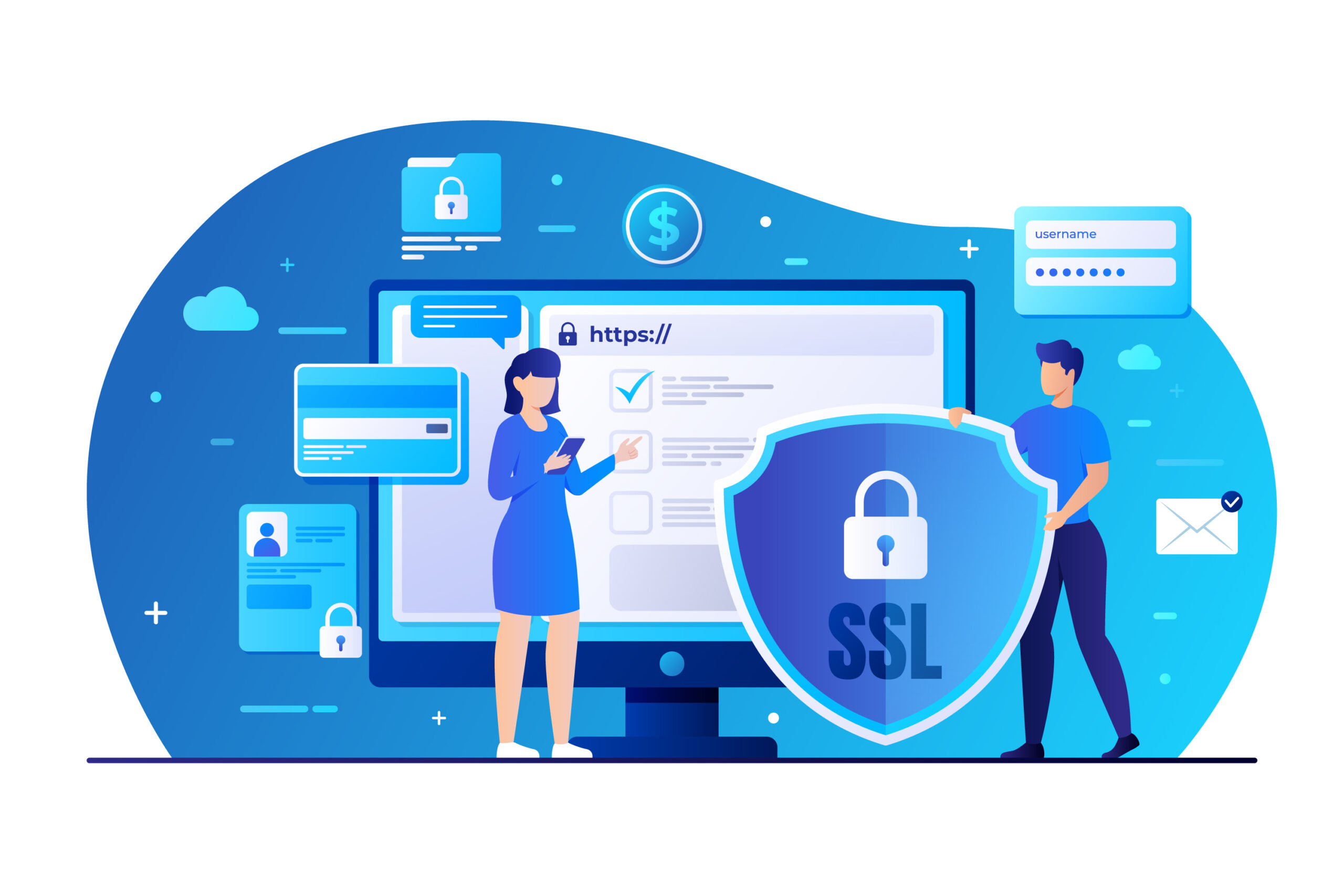With cyber threats on the rise, the old “trust but verify” approach to security just doesn’t cut it anymore. Enter the Zero Trust Framework—a strategy that flips traditional security models on their head. So, what is Zero Trust, and why are so many businesses embracing it? Let’s dive in.
What is Zero Trust?
The concept of Zero Trust is pretty straightforward: “Never trust, always verify.” Instead of assuming everything inside your network is safe, Zero Trust assumes that threats could be lurking anywhere. Every user, device, or application trying to access resources is treated as potentially dangerous until proven otherwise.
Unlike older models where being inside the network was good enough to be trusted, Zero Trust doesn’t care where you’re coming from. Whether you’re working remotely, using the cloud, or sitting at your desk, you’ll need to prove that you are who you say you are, and you’re doing what you’re supposed to be doing.
Why is Zero Trust Gaining Traction?
The traditional “perimeter defense” model was built around a central idea: protect the network from external threats by creating a strong boundary. But now, with remote work, cloud services, and mobile devices becoming the norm, that perimeter has all but vanished.
Zero Trust is the answer to this shift. Instead of focusing on keeping threats out, it operates on the assumption that threats can come from both outside and inside. It’s designed to minimize the damage a hacker can do by ensuring that even once inside the network, their actions are tightly controlled and constantly monitored.
The Pillars of Zero Trust
- Authenticate Everyone and Everything: No one gets a free pass. Whether it’s a user logging in or a device accessing sensitive data, authentication is mandatory. Multi-factor authentication (MFA) is the standard here, along with advanced methods like biometrics.
- Limit Access: Users should only get access to the information and resources they need—nothing more. This reduces the impact of any potential breach by keeping attackers from accessing other parts of the network.
- Micro-Segmentation: The network is broken down into smaller sections, with strict access controls between them. This makes it harder for attackers to move freely across the network, even if they get in.
- Constant Monitoring: Zero Trust doesn’t stop once access is granted. Continuous monitoring of user behavior and device activity helps catch any unusual actions before they become major problems.
- Secure Devices: It’s not just about user credentials anymore. Every device connecting to the network needs to meet specific security standards. That way, whether it’s a corporate laptop or a personal smartphone, you can ensure it’s not introducing vulnerabilities.
How to Start Implementing Zero Trust
Shifting to Zero Trust doesn’t happen overnight, but here are a few starting points to get the ball rolling:
- Identify What’s Important: Zero Trust isn’t about locking everything down at once. Focus on your most sensitive data and systems first.
- Strengthen Authentication: Start with requiring multi-factor authentication (MFA) for all users, and consider adding more advanced identity verification methods as you go.
- Break Up the Network: Implement micro-segmentation to limit how far attackers can travel if they do manage to breach your defenses. Each segment is protected by its own set of rules.
- Ensure Device Security: Set strict security standards for every device that touches your network. Regular patching and endpoint protection are key.
- Invest in Automation: Since Zero Trust requires constant monitoring and verification, automating as much of the process as possible will help you stay ahead of threats without overloading your security team.
Wrapping Up
The Zero Trust Framework isn’t just another buzzword; it’s quickly becoming the gold standard for modern security. As remote work and cloud computing continue to change the way we operate, the need for more adaptable and intelligent security measures is clear. Zero Trust fits the bill perfectly by ensuring that no one—inside or outside the network—gets a free pass.
Shifting to Zero Trust might sound challenging, but in the long run, it’s a solid investment in your security posture. It’s about taking a proactive stance, securing your data, and staying one step ahead of potential threats.


